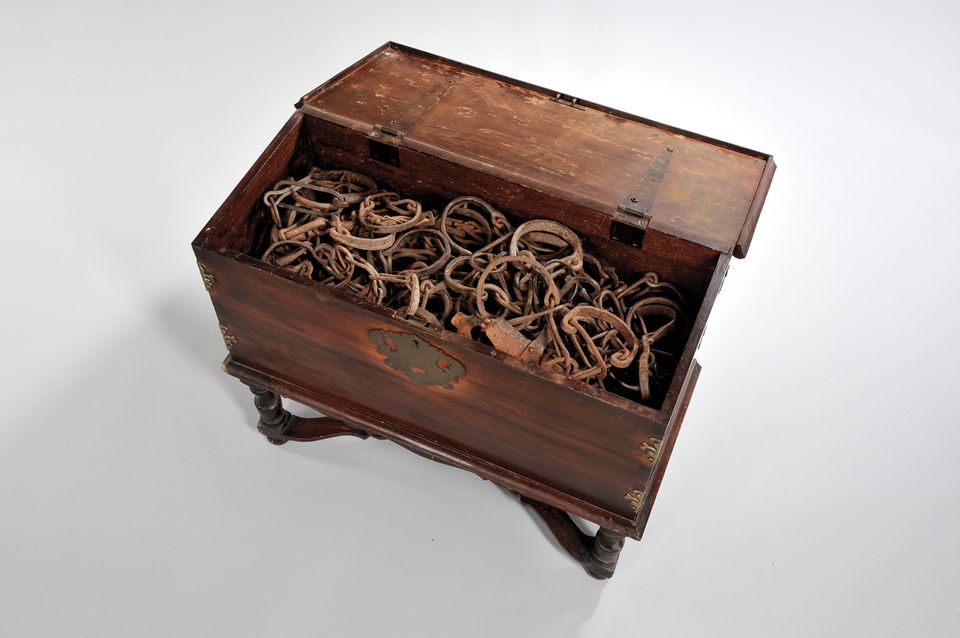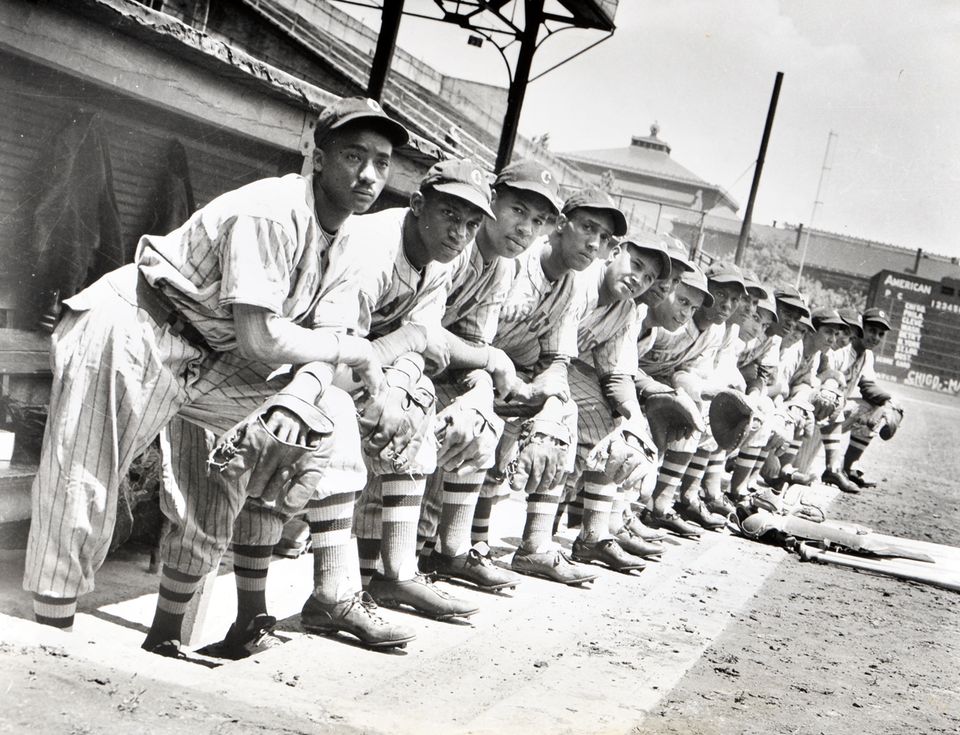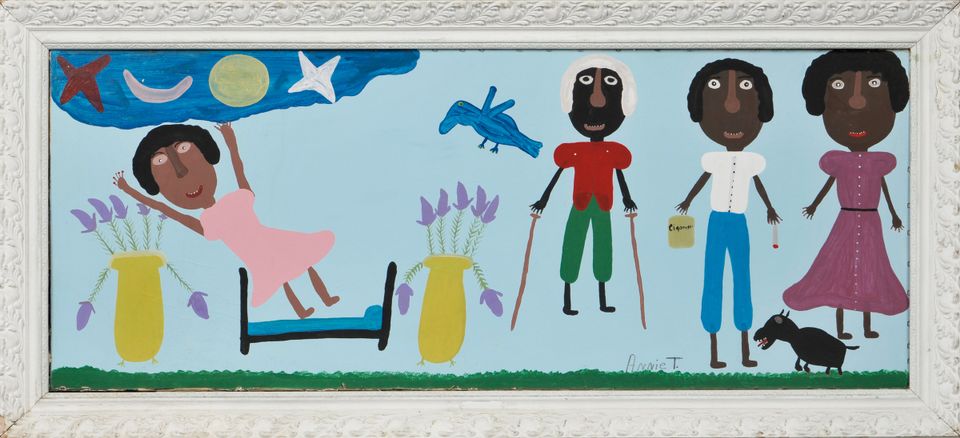In time for Black History Month in the US, Please Remember: the Collection of Avis and Eugene Robinson, a two-part sale of African American art and artefacts at Skinner Auctioneers in Boston, started this week with an online sale of 205 lots (until 12 February). The Arlington-based couple—Avis is an artist, and Eugene is a columnist and associate editor of the Washington Post—has built a collection that spans hundreds of years, from the triangle slave trade to Barack Obama’s presidency, and includes art, African works, photographs, archival documents and toys. Skinner is due to hold a live auction of another 300 lots on 9 February, with a preview starting 5 February.
The collection initially began with objects and papers handed down to the Robinsons from their families (which are not part of the auction). “We both grew up in families that were interested in our own, African American history,” Eugene Robinson says. The couple then started hunting around antique stores about 30 years ago, ramping up their acquisitions within the past 15 years. “Like a lot of collections, it didn’t begin as a collection—it just began as stuff,” Robinson says.

As the group of objects and documents grew, “it seemed to tell a story”, he adds. The sale follows this story, beginning in Africa with lots such as art and furniture from the Ivory Coast. It also goes back to the triangular slave trade, when Africans were enslaved and brought to the Americas to work on plantations to produce raw materials like sugar, cotton and tobacco that were then exported to Europe. Such objects include a 17th-18th-century map of Africa and a shipping insurance document.
“I think it’s just not really understood the extent to which slavery really was a foundation of the US economy—not just in the south,” Robinson says, pointing to Wall Street’s early roots in agriculture. Of all the lots, Robinson is most moved by a chest full of dozens of shackles in the live auction. “It gives you a sense of the scale of what was truly a monstrous crime against humanity,” he says.
Other historical figures, eras and events are also told through objects such as photographs of the Civil Rights movement, documents relating to the Black Panther Party, posters from Shirley Chisholm’s 1972 presidential run and two of Sojourner Truth’s cartes de visite in the online auction. Everyday life is recounted through lots like dolls and portraits, such as a 19th-century tintype of a young woman reading from the live auction.
The sales also feature works of art such as a 1997 quilt, Housetop, by Bettie Bendolph Seltzer from Gee’s Bend (Avis has worked with Gee’s Bend quilters) in the online auction and paintings by Mose Ernest Tolliver, Annie Mural Tolliver, Lonnie Holley and Purvis Young in the live auction.

Some of the objects, like blackface photographs and advertisements with racist depictions of African Americans, are now deeply offensive and problematic. “I think you have to take an honest look at history,” Robinson says. The collector is not sure where such objects belong. “It obviously has to be handled in the right way and put in the right context, because context is everything,” he says.
When asked how he feels about the use of such tropes in contemporary art by artists like Kara Walker, Robinson first notes a slight bias—Walker is a distant cousin—and adds: “What are artists supposed to do? They’re supposed to go there, and she does.” The Robinsons have bought work by Walker, and her pop-up silhouette book Freedom a Fable (1997) is in the online auction.
Though the auction includes many documents—which Robinson says can be as powerful as objects like the shackles “when you hold in your hand a piece of paper that is the sale of a human being, or another piece of paper that is from the ‘owner’ of a human being seeking the return of someone who has run away”—the couple has kept many archival papers that still need to be sorted through. They plan to donate them to a university or other institution in the future.

























